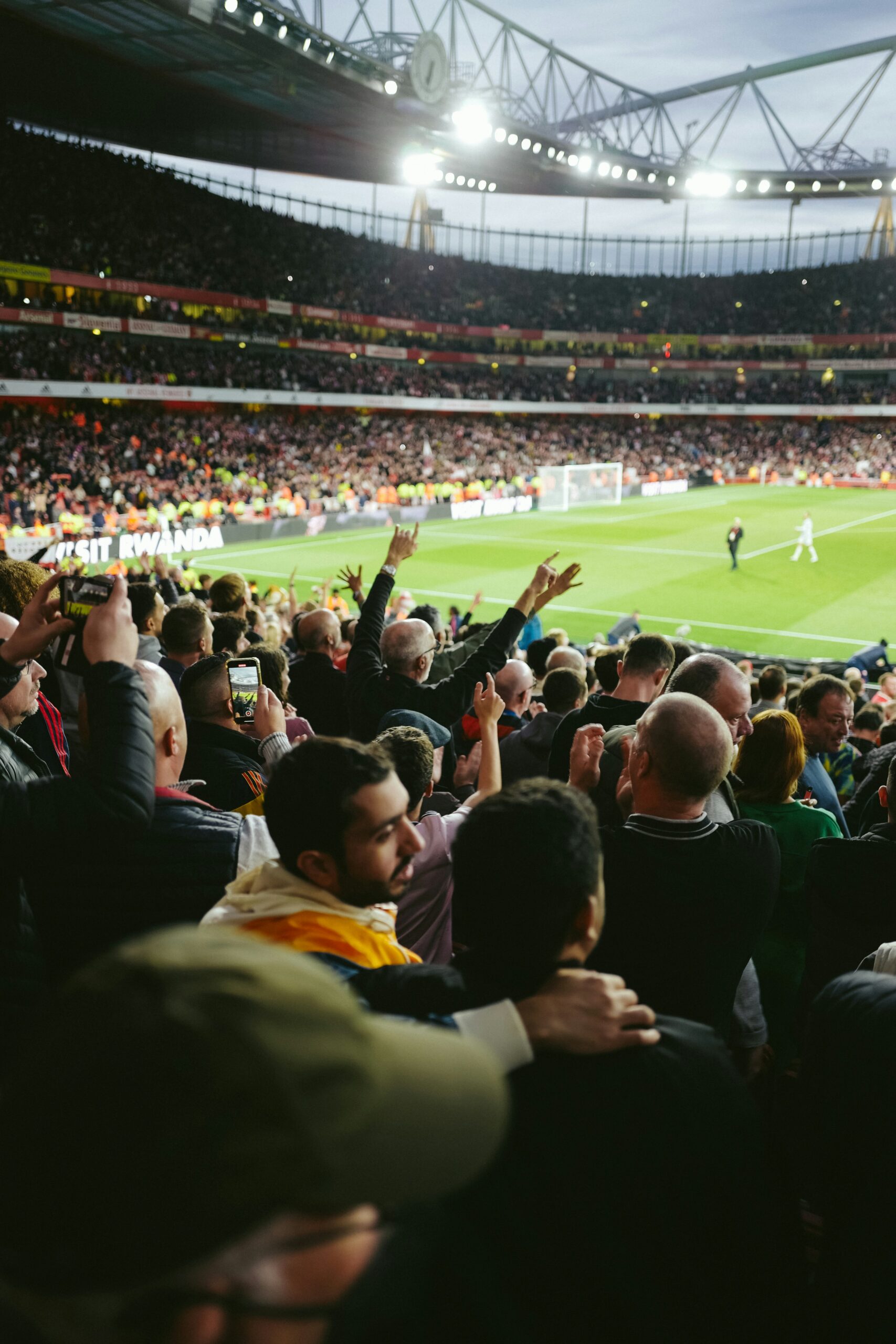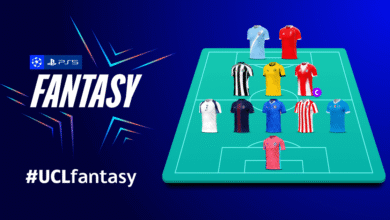Part 1: 5 Next-Level Tech Trends Taking Football Fan Engagement to New Heights
Building Fan Engagement

Football is the most watched and most followed sport in the world which translates to the sport having the most fans out of all other sports. Technological advancements can and have transformed fan engagement and experience in football, providing more immersive and interactive ways for fans to connect with the sport. One of the aims of the sport is generally to keep the fans happy as well as entertained. This goes beyond what happens in 90 minutes on the field of play as fan experiences can cut across easier access to matches, making payments(for tickets as well as food), seating arrangements in the stadiums and even getting a clear view in the stadium. Technology is key in making all these possible and it is imperative that technological advancements and trends are followed so more fans of the sport can be gained and existing fans continue to be interested.
Smart stadiums are modern sports venues equipped with advanced technology and digital infrastructure designed to enhance the fan experience, improve operational efficiency, and provide more data-driven insights. They are the ultimate form of technology in football when it comes to guaranteeing a wonderful experience as a fan. A stadium is considered smart when it possesses great connectivity and infrastructure such as reliable and fast Wi-fi as well as enhanced cellular networks to aid large volumes of mobile data and ensure proper coverage for all fans. Mobile ticketing and contactless payments are also features of smart stadiums. Digital tickets can be accessed and scanned via smartphones, reducing the need for physical tickets and streamlining the entry process while the integration of contactless payment systems for purchasing food, beverages, and merchandise will minimize waiting times and improve the general convenience and comfort of fans. A smart stadium is also incomplete without the use of interactive displays. Interactive displays are digital screens or surfaces that allow users to engage directly with the content through touch, gestures, or other forms of input. Unlike traditional static displays, interactive displays enable users to interact with information, applications, or media in real time. They can offer real-time game stats, player information, and instant replays, fans can also participate in live polls, trivia, and interactive games during breaks. Large, interactive digital maps and directories will also help fans find their seats, locate amenities like restrooms and navigate the stadium more easily.
Social media connects us all, it’s the preferred mode of communication in informal spaces and it’s a great way to improve fan experience. The role that social media platforms like X, Instagram and Facebook play in bringing fans together is a massive one, live updates are always available on these platforms so if one were missing a match, all he/she had to do was open X and all would be revealed. Social media also allows fans to share and exchange opinions as well as banter between and amongst themselves, the popular debate topics like the GOAT debate or the biggest club in the world or even about the different controversial refereeing decisions involving VAR (Video Assistant Referees) are talked about on the various social media platforms. Clubs also use social media campaigns and hashtags to interact with fans, providing Q & A seesions with players as well as behind-the-scenes content. Player signings are also publicized with social media. Announcement of these signings is done with videos and montages and posted on the social media platforms of each club.
Digital mediums like mobile apps are also useful when it comes to fan engagement and interaction, clubs have specific apps that provide exclusive content like training videos, player profiles, live scores and other updates. Fantasy leagues also create a way for fans to compete amongst themselves based on their knowledge of the sport. The English Premier League is the most watched league in football and it owes in no small part to the popularity of FPL (Fantasy Premier League). Participating in fantasy football encourages fans to learn more about players, teams, and the sport. Fans often research player statistics, injury reports, and team strategies to gain an edge in their leagues. This deepens their understanding and appreciation of the game, enhancing their overall football experience. Fantasy football turns the experience of watching football into a more interactive and engaging activity. Fans are not just passive spectators; they become active participants. The fact that it’s a game that involves drafting players, setting lineups and making transfers adds an extra layer of excitement to the sport. There are also financial/material incentives involved, many fantasy leagues have entry fees and cash prizes, adding a financial incentive that heightens the competition. The chance to win money or other rewards motivates fans to stay engaged throughout the season.
Not everyone can sit in front of a TV to watch a match every time so they require streaming services in order not to miss matches. Streaming has become more and more popular among fans and platforms like DAZN and Amazon Prime Sports that offer interactive features such as multiple camera angles and live commentary also help to increase fan engagement.
Virtual and Augmented Reality experiences can also greatly improve fan engagement and interaction, this immersive experiences are achieved through specialized equipment, such as VR headsets, gloves, and sensors, which track the user’s movements and adjust the visual and auditory feedback accordingly. Fans can explore famous football stadiums virtually, accessing areas like locker rooms, pitch-side views, and even the player’s tunnel. These tours provide fans with a unique, behind-the-scenes experience that they wouldn’t get from a regular match-day visit. It also allows fans to watch live matches from a first-person perspective, simulating the experience of being in the stadium. Fans can choose different viewing angles, such as from the stands, the sidelines, or even from a player’s point of view, offering a richer, more immersive match experience.
Part 2 looks at other trends and explores their implementation and cost.







